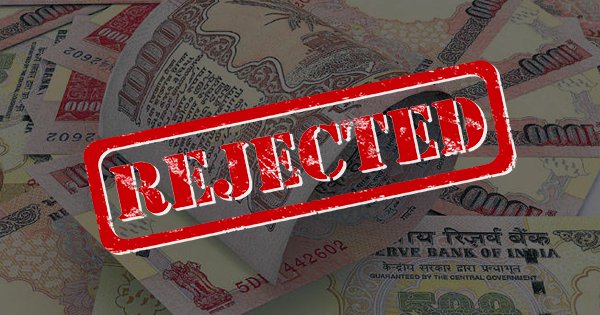Where do bank notes go to die? Now that we have made peace with the fact that we have to get rid of our stack of Rs 500 and Rs 1000 notes, here’s how the last rites will be performed .
A spokesperson from Reserve Bank Of India walks us through the funeral of these banknotes.

What will happen after we deposit these notes in banks?
“The process we will follow for the disposal of damaged or soiled notes. These notes will be deposited at the Issue offices of the Reserve Bank. Then the notes examined, sorted and the unfit among them disposed of under the currency verification and processing system (CVPS). We will have to examine these notes to ensure they are not fake too,” says the spokesperson.
What exactly is Currency Verification and Processing System (CVPS)?
In 2003, the then RBI governor, Bimal Jalan, inaugurated the Currency Verification and Processing System (CVPS) in Mumbai Office of the Reserve Bank of India. The currency verification and processing systems were installed for faster and secured processing of soiled currency notes.
Each CVPS is capable of processing 50,000 – 60,000 notes per hour. It counts, examines the genuineness of notes, sorts notes into fit and unfit and destroys the unfit notes by shredding them.
What will happen to the shredded notes?
The shreds are transported to a separate system where they are compressed into briquettes ( a compressed block of shredded papers).
“The system is also environment-friendly, as it does not create pollution that was created by burning of notes in the past. The briquettes can be used as residual fuel in industrial furnaces. They can even be used for land fillings or for making items for use at office and home and paperboard,” says the spokesperson.
Rest in peace Rs 500 and Rs 1000 notes. We will miss you.

















